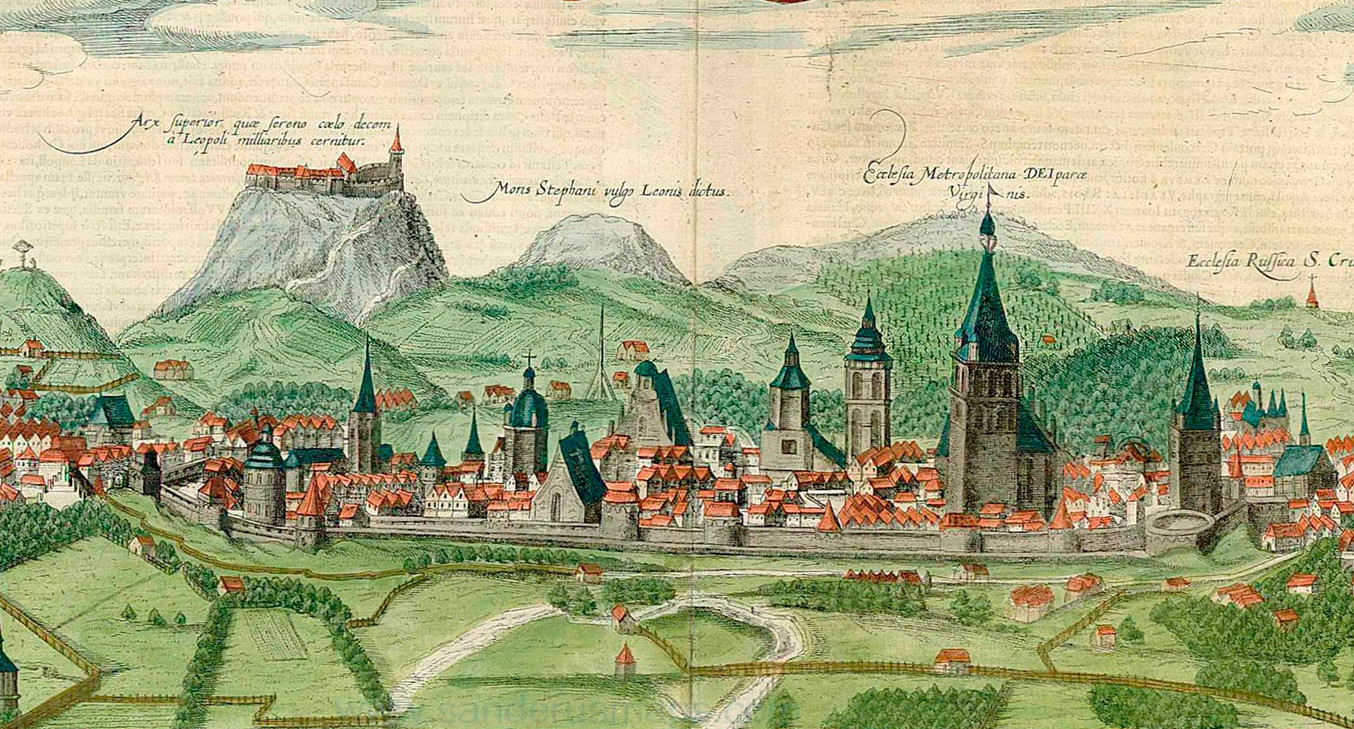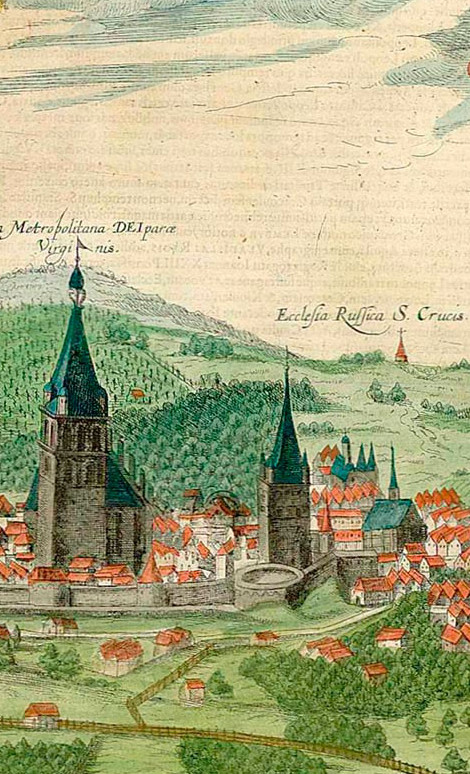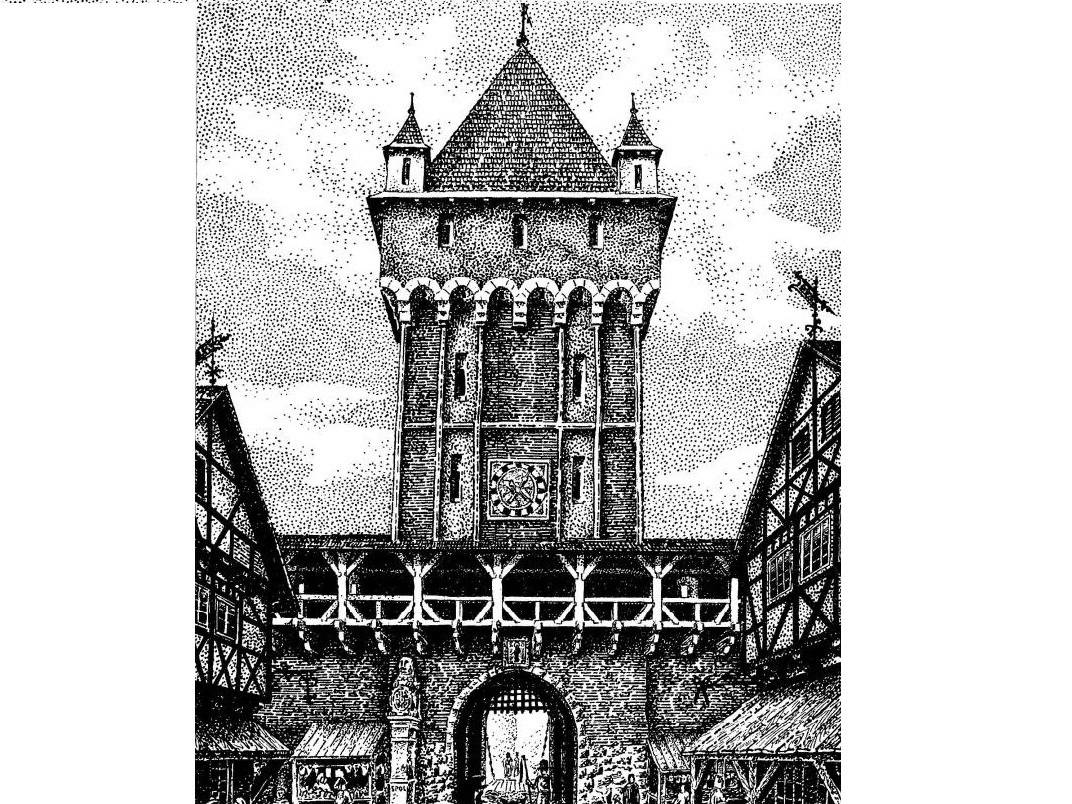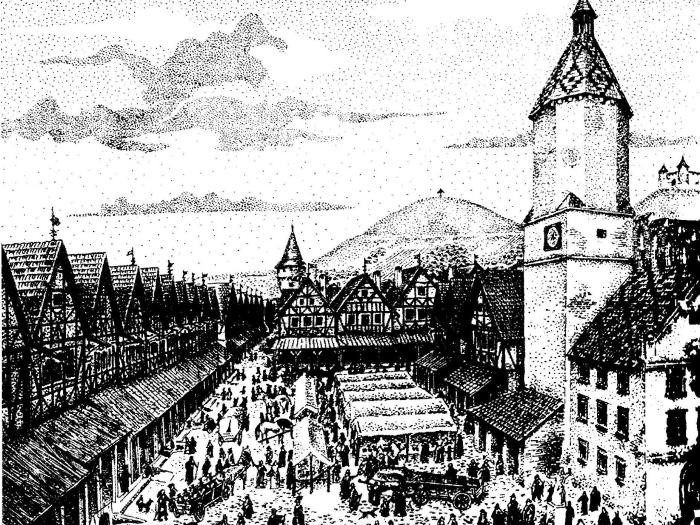The architecture of Lviv has been formed for centuries, changing shapes, sizes, colors and purposes. It gives a unique opportunity for the present to look at the past, touch it and understand more. "Architecture is also a chronicle of the world, it speaks when songs and legends are already silent (Mykola Hohol)."
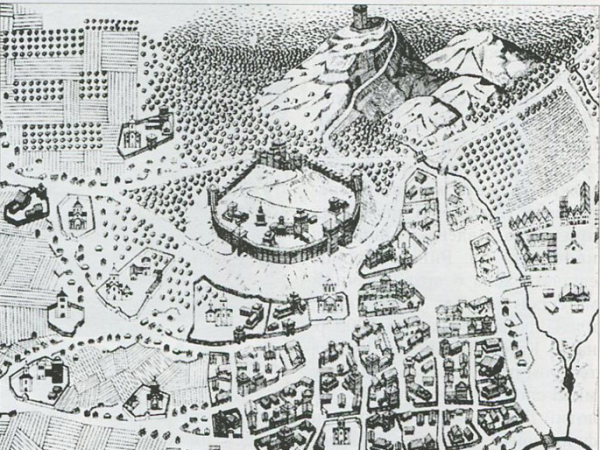
Lviv as an administrative unit was founded during the reign of Danylo Romanovych, city was named after his son - Prince Leo. The first mention of the city dates back to 1256, although in the territory of the city there were already settlements from ancient times, who lived on the banks of the river Poltva. However, the history of urban planning is associated with the first King Danylo Romanovych and Prince Leo, who began the active development of the city and its fortification to protect against the Mongol-Tatar invasion. The first origins of architectural styles in the city are connected with the period of their rule. Unfortunately, we know about them from a few surviving acts, as written sources of the regal period, which covered the first hundred years of the city's development, were destroyed by fire during the capture of Lviv in 1340 by Polish King Casimir III (Kazimierz III Wielki).
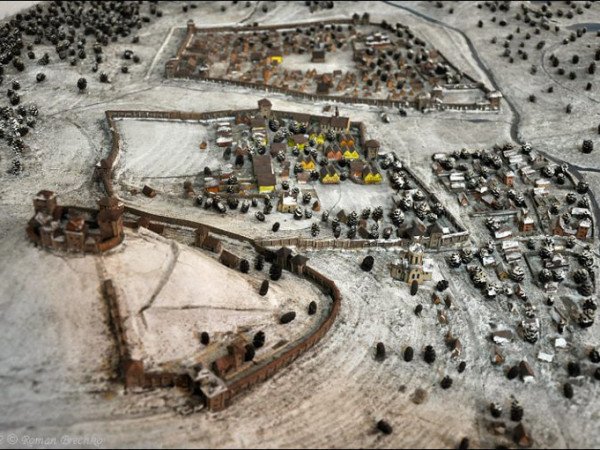
Medieval architecture in Lviv is divided into two periods:
1) Romanesque style of architecture (XIII - mid-XIV century)
2) Gothic style of architecture (late XIV - 60s of the XVI century)
The architecture of the Kingdom of Galicia–Volhynia absorbed modern Western European Romanesque styles, and later Gothic. The main attention was paid to the construction of temples-fortresses, monasteries-fortresses, castles-fortresses, which, for safety, were located on elevated areas. Features of Romanesque architecture are clearly visible in sacred buildings. The architectural objects designed in the Romanesque style are characterized by the massiveness and external severity of the buildings, with relatively narrow arched openings of doors and windows. In addition to the actual sacred functions, they implemented defensive functions. Hewn stone was mainly used for construction. The structure of the Romanesque temple provided semicircular projections of apses with square or octagonal side towers. The design of the facades is characterized by the motif of arcades.
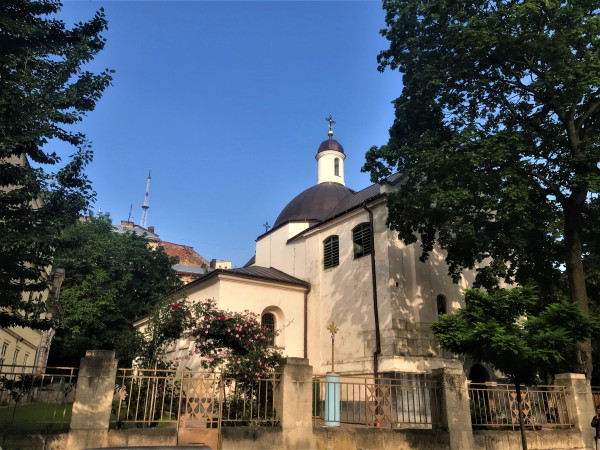
Stone construction developed in sacred architecture along with wooden buildings. Among the monuments that experts attribute to the examples of the Romanesque style, preserved since the founding of Lviv is the church of St. Nicholas (probably built between 1264 and 1340), the royal temple from which, as we know, led a direct path to the King residence - the High Castle. A fragment of the original walls and the lower part of the apse made of hewn blocks of white limestone remain from the original church. This material was characteristic of sacred construction in the Kingdom of Galicia–Volhynia in the XII-XIII centuries. The church has a classic Byzantine cross-domed plan, if you look at the temple from a bird's eye view you can see the cross shape temple.
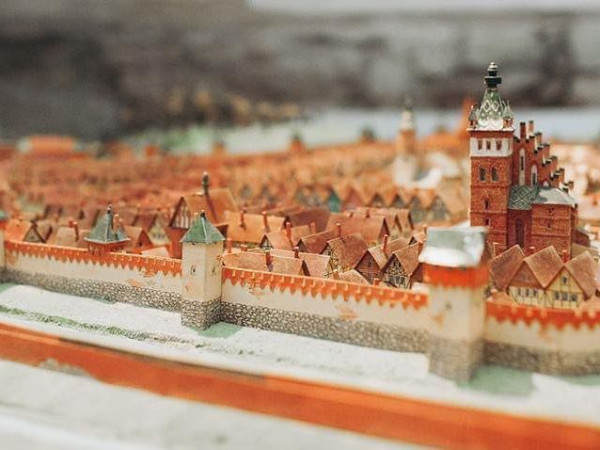
At the end of the XIV century, with the changes that swept through the city: the capture of the city by Casimir III and the transfer of the city center from the Staryi Rynok Square to the modern Rynok Square, the Romanesque style was replaced by Gothic.
Gothic is an anthropocentric style that brings a person to the fore. Gothic buildings are characterized by a focus on the sky with its towers, spires, characterized by huge stained glass windows, which became possible to insert into the building, as a new vault structure was invented, based on a frame system with ribs converging into bundles on support pillars that concentrates all the load of the floors.
The Gothic period in the architecture of Lviv and in the territory of Western Ukraine is considered to be one of the most interesting. After all, at this time cities, crafts and trade began to develop rapidly. Accordingly, the need for buildings of both administrative and civil significance is increasing. Cathedral Gothic flourished in Lviv at that time. A typical example of the structure of the Gothic style in the sacred architecture of Lviv, preserved to this day, is considered to be the Roman Catholic Arch-Cathedral of the Assumption of the Blessed Virgin Mary (mid-14th century - 1481). The Cathedral was built for more than 130 years, and the works were supervised by architects: first Piotr Stecher, then Mikołaj Gonzage (Ganseke). Initially, the facades were not plastered, with a noticeable Gothic brickwork of two colors, which formed a characteristic cross ornament. The roof was wooden and steep, which was eventually changed to copper. However, over time, much has changed in the church, so today experts attribute the church not only to examples of Gothic architecture, but also to the architecture of the Renaissance, Baroque and Rococo.
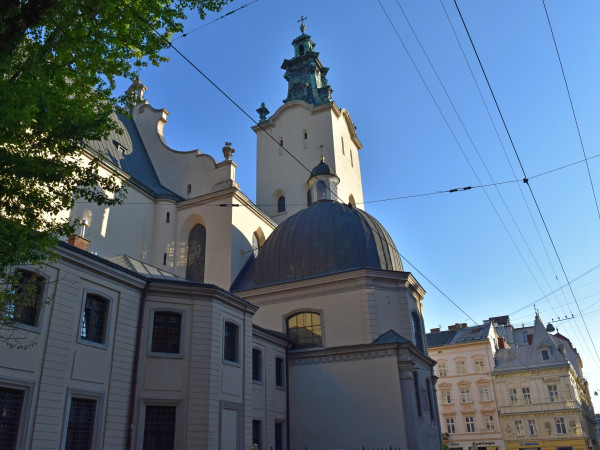
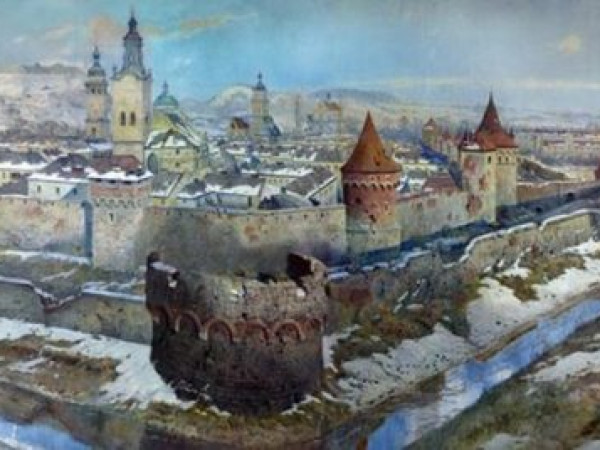
By the middle of the XV century under the leadership of masters Vandenstein, Judentotter were built two lines of defense of the city from the High and Low Walls with 28 towers, 16 bastions. Two sections of the High Wall on Pidvalna Street behind the City and Royal Arsenals and one on the side of Svobody Avenue, which was reconstructed in 1998, have survived.
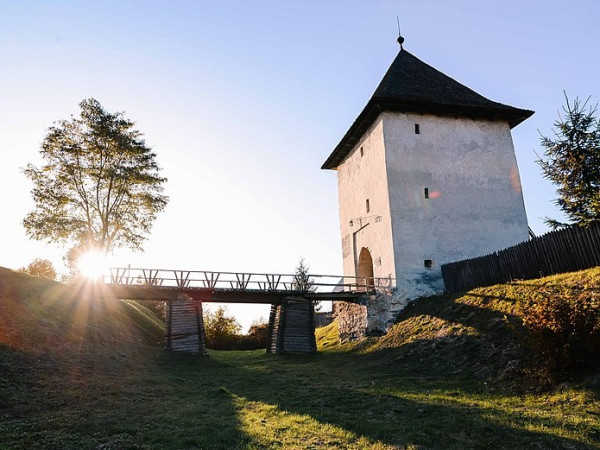
A typical example of defensive Gothic architecture of the royal era is almost unchanged to this day is the Pyatnychany Tower in the village of Pyatnychany, Lviv region. The tower is almost square in plan (7.83 x 7.4), built of broken limestone, the corners are made of hewn blocks, hewn stone framed doorways and a Gothic doorway on the north facade.
In addition to the cathedral and defensive Gothic buildings in Lviv, there was the usual civil Gothic building, which is believed to have been characterized by a timber framing (German- Fachwerk) (double wooden frame filled with stones or bricks) with brick cellars, the so-called "Prussian Wall". The houses were one-store, and each large medieval house resembled a maze of passages that connected parts of the house.

As a result of the "Great Fire" of 1527, the face of Medieval Lviv was almost completely destroyed. Only the walls of a few townhouses on Rynok Square, Serbska and Ruska streets have survived. The only monument of secular architecture of the 15th century in Ukraine has been preserved in the Kornyakta Palace. - Gothic hall. Later, according to the projects of Italian architects, the ruined Gothic city acquired a new Renaissance appearance.
